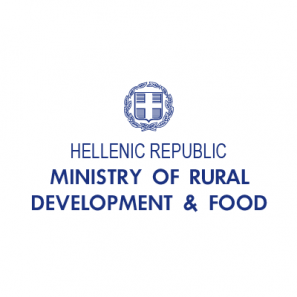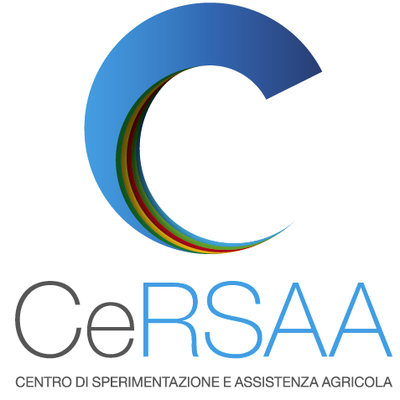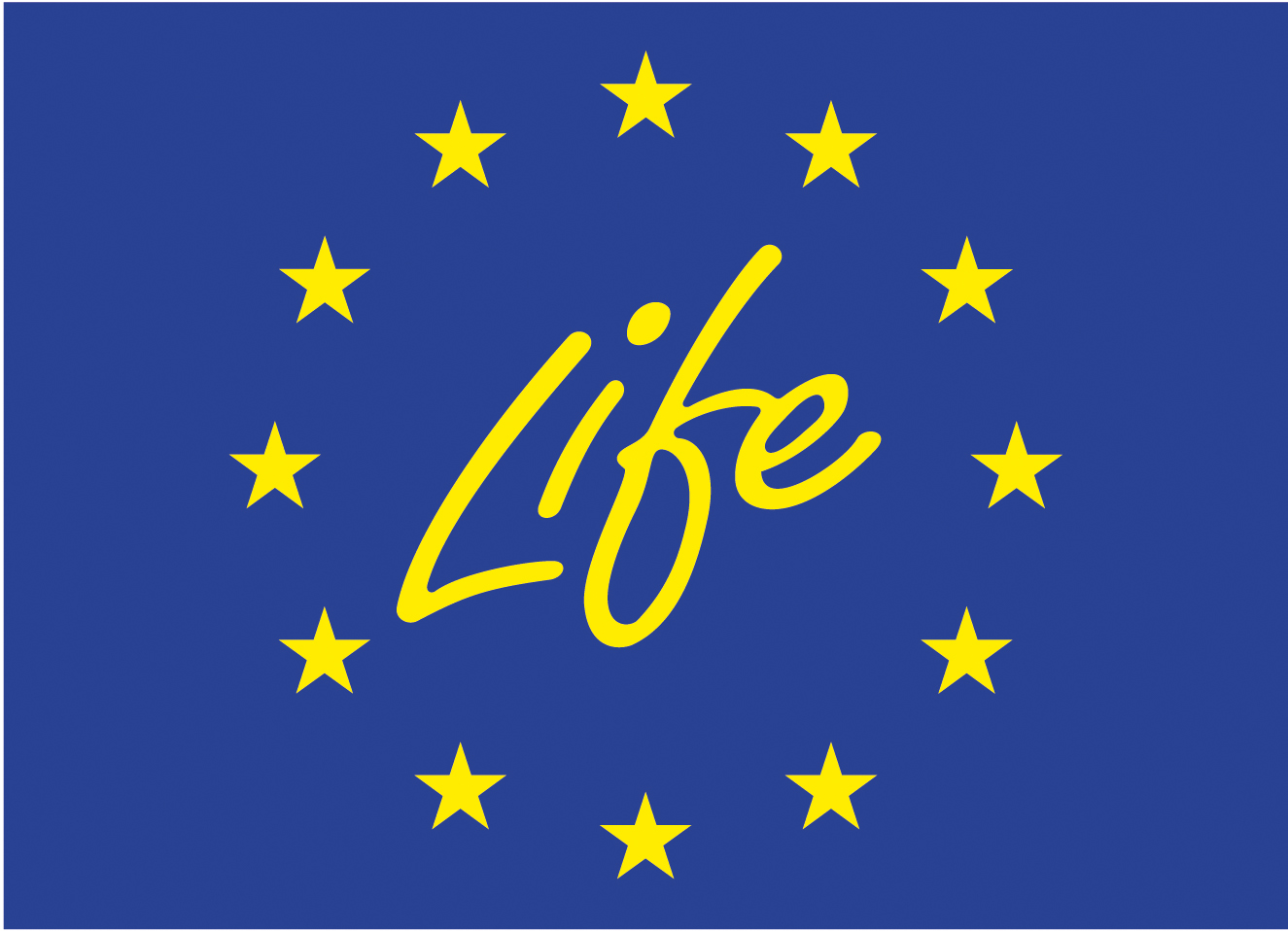Commission raises climate ambition and proposes 55% cut in emissions by 2030
The European Commission updated its plan to reduce EU greenhouse gas emissions by at least 55% by 2030, compared to 1990 levels. This level of ambition for the next decade will put the EU on a balanced pathway to reaching climate neutrality by 2050. The new target is based on a comprehensive Impact Assessment of the social, economic and environmental impacts. The Assessment demonstrates that this course of action is realistic and feasible. This raised ambition also underlines the EU's continued global leadership, ahead of the next UN climate conference (COP26).
Read more here
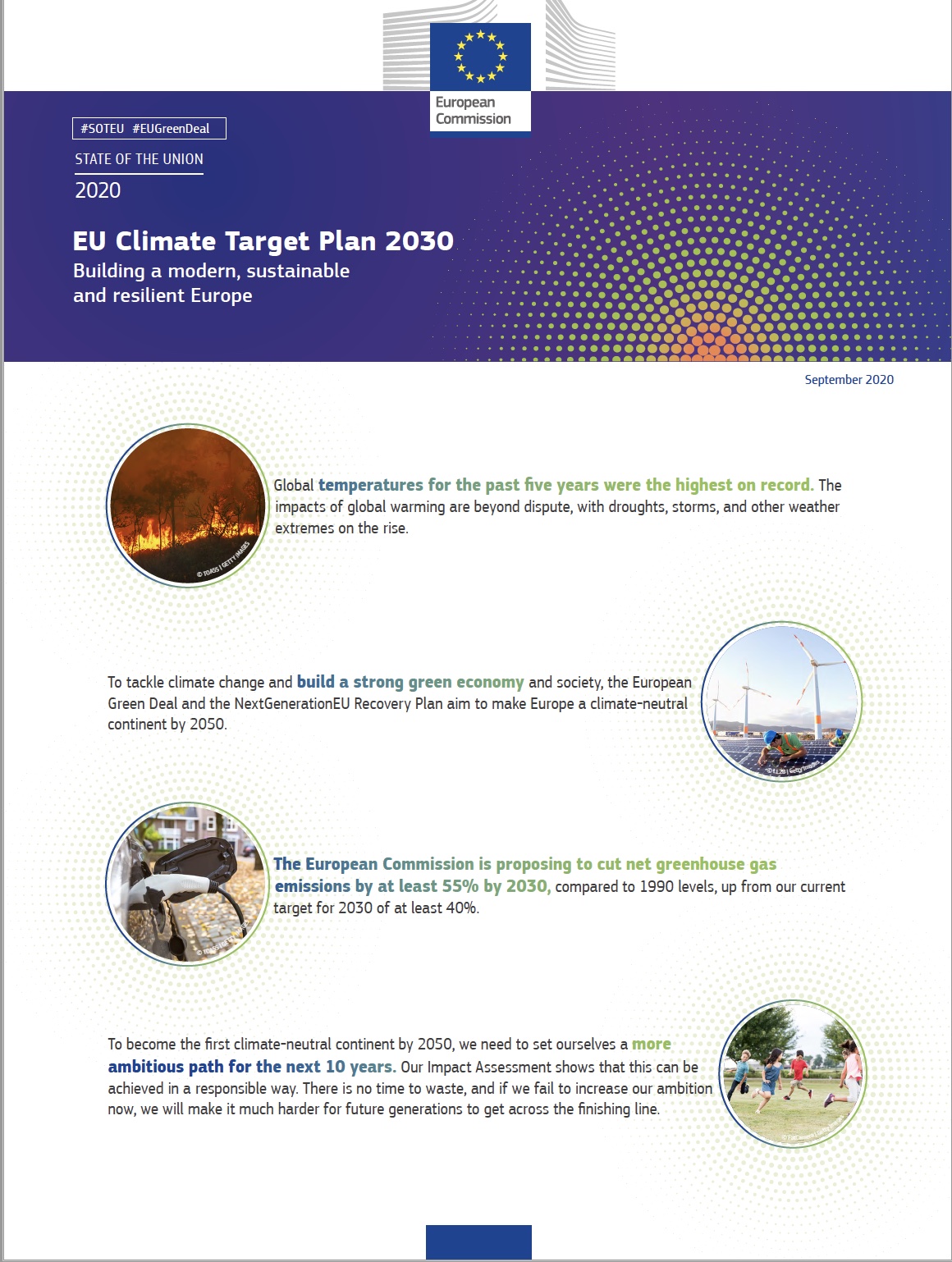
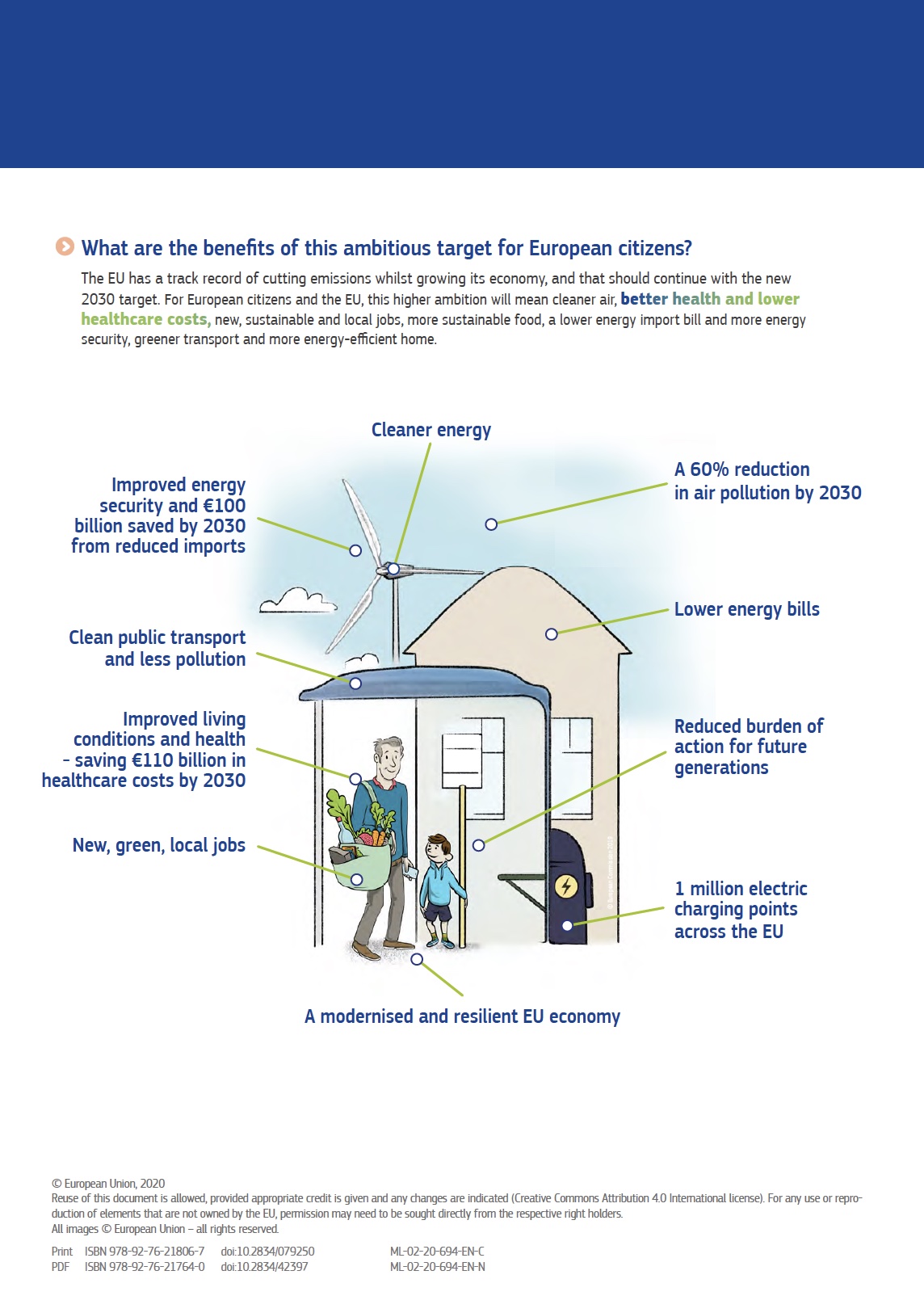
ClimaMED supports the New CAP
ClimaMED strongly contributes to the implementation of the New CAP. As the EU provides the flexibility to its Member States to develop their strategic plans, however targeting to the common goals of the CAP, ClimaMED is expected to significantly contribute in developing such plans, focusing on (i) GHGs reduction; (ii) practices that promote carbon sink into soils; (iii) development of methodologies for determining the above (i) and (ii) at field level, which allows firstly the monitoring and digitization, but also the creation of eco-schemes with multiple benefits for the producers.
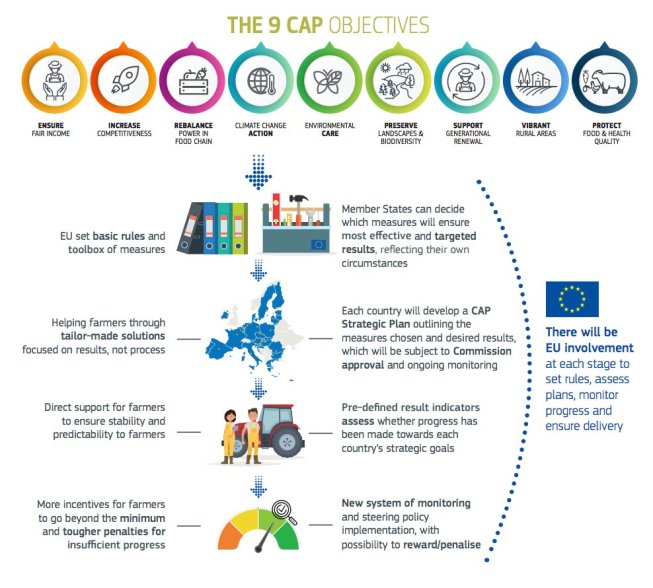
The project will also contribute to the establishment of a certification system for the products with low GHG footprint, which is also promoted by the new CAP and which strengthens the position of the farmers in the market.
Soil protection is also one of the key obligations described in the new CAP. ClimaMED also contributes to this issue since it promotes alternative-sustainable practices to the farmers in order to reduce impacts on soil, increase soil organic matter and consequently protect soil biodiversity.
Regarding the eco-schemes, this is a major new tool to support sustainable farming as well as other approaches or specific practices relevant to climate change, management of natural resources, and biodiversity. Eco-schemes will allow a large number of farms to improve their environmental performance. ClimaMED can promote these schemes with the use of the LIDAR devices for GHGs emissions recording from a group of farmers.
As it is stated in the CAP Strategic Plans, the change resulting from the adoption of sustainable farming practices throughout the cultivated area in the EU should not only reinforce the downwards trend in GHG emissions of the farming sector but also ultimately turn agricultural soils into carbon sinks, which is exactly one of the ClimaMED objectives.
The new CAP promotes also the identifation of better methods for measuring carbon removals in agriculture as the first step to enable payments to farmers for the carbon sequestration they provide. In the future CAP Strategic Plans, Member States will be able to use these rules to design CAP payments based on the carbon sequestered. Private companies could also be interested in purchasing such certificates to support climate action, thus providing an additional incentive (on top of the CAP rewards /payments) to farmers for carbon sequestration. ClimaMED has a clear contribution also to this end.
Considering the above, ClimaMED significantly contributes to the following objectives of the new CAP:
- “Competitveness”
- “Climate Change Action”
- “Environmental Care”
- “Landscape and Biodiversity”
Finally, and as the new CAP requires “data collection requirements and common data approaches between policies ” is has to be mentioned that the Central Management and Monitoring tool of ClimaMED for spatial data inventorying/mapping of GHGs emissions/SOC changes has strong potential to provide information to policy makers for various sectors and establish an integrated, shared EU-wide information system which will rely on geographical information.
Further reading
CAP post 2020 Environmental Benefits
Commission SWD (2020) 93 final-Analysis of links between CAP Reform and Green Deal




